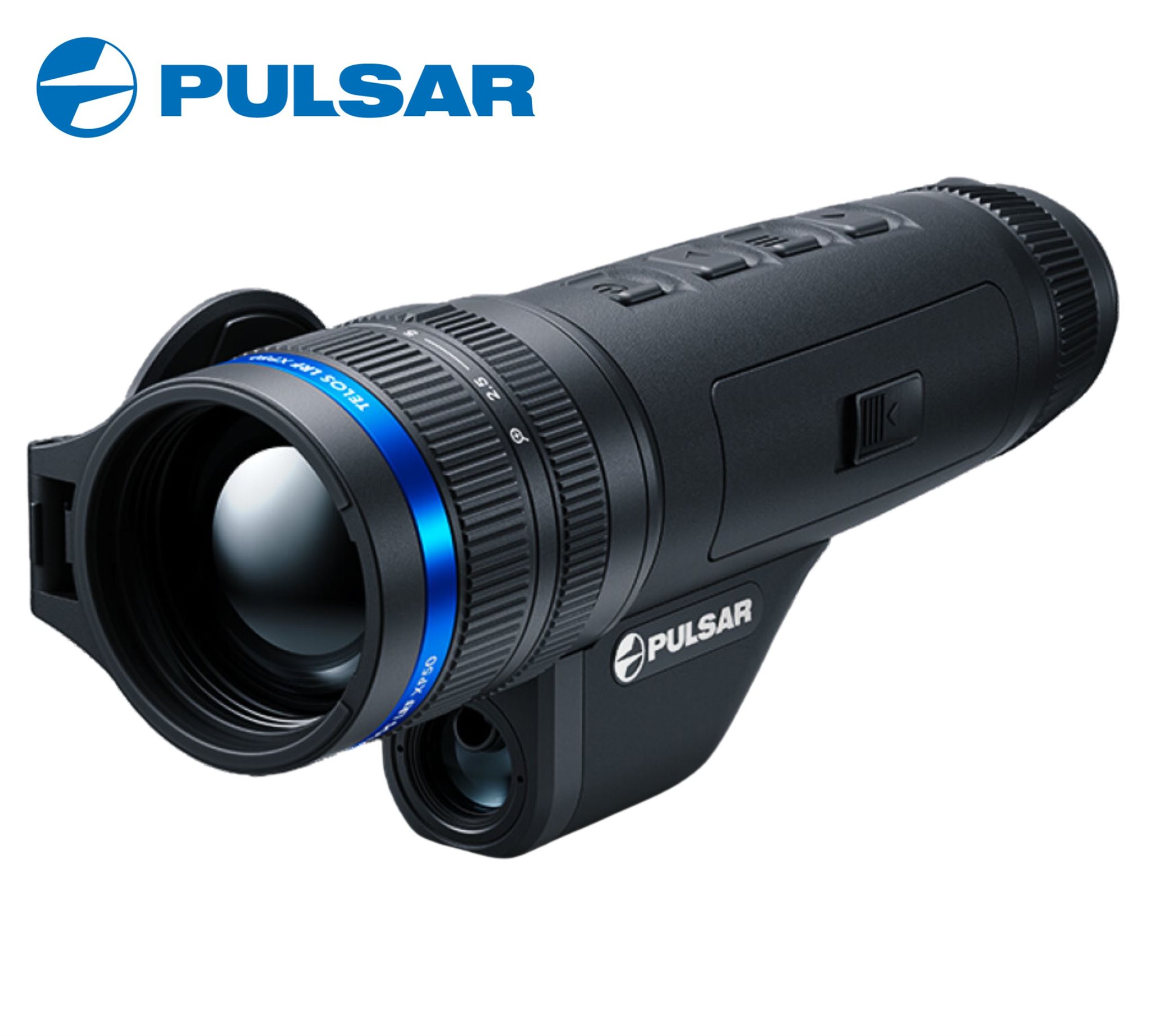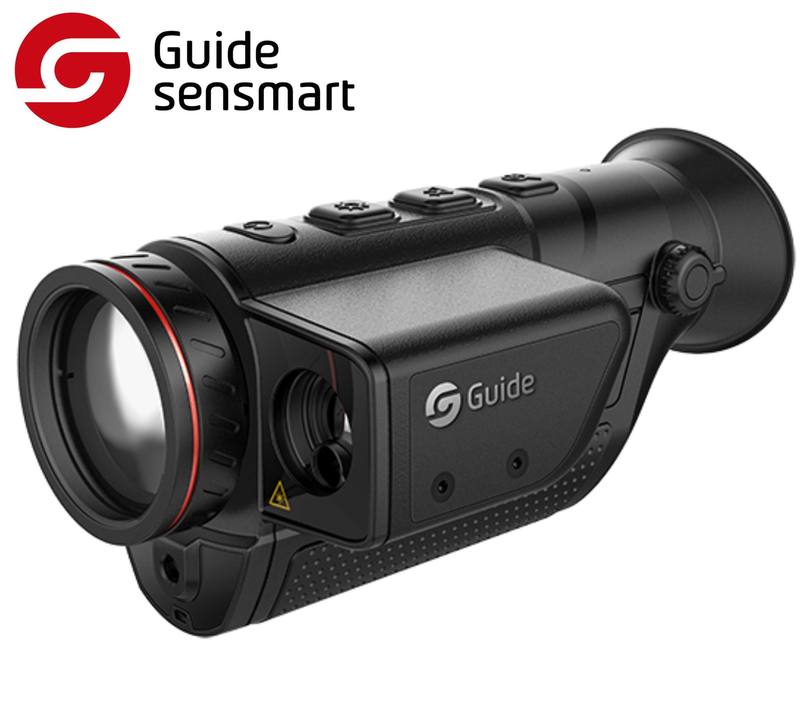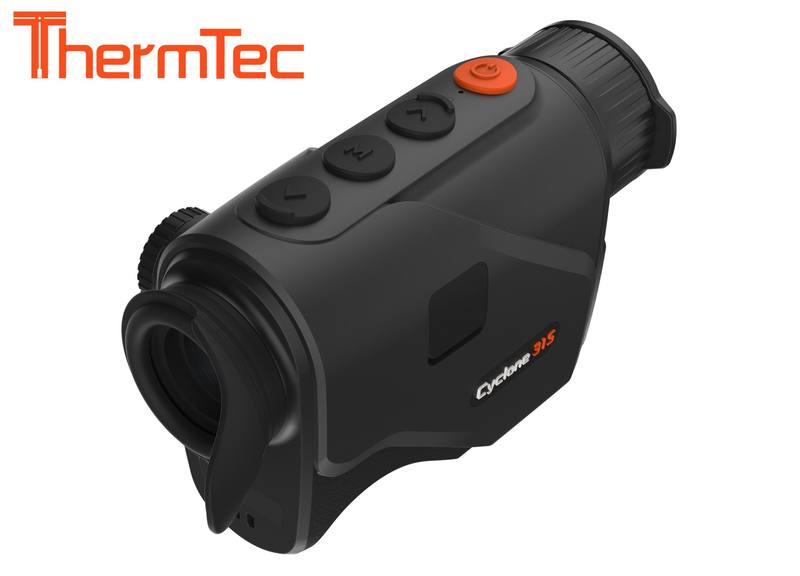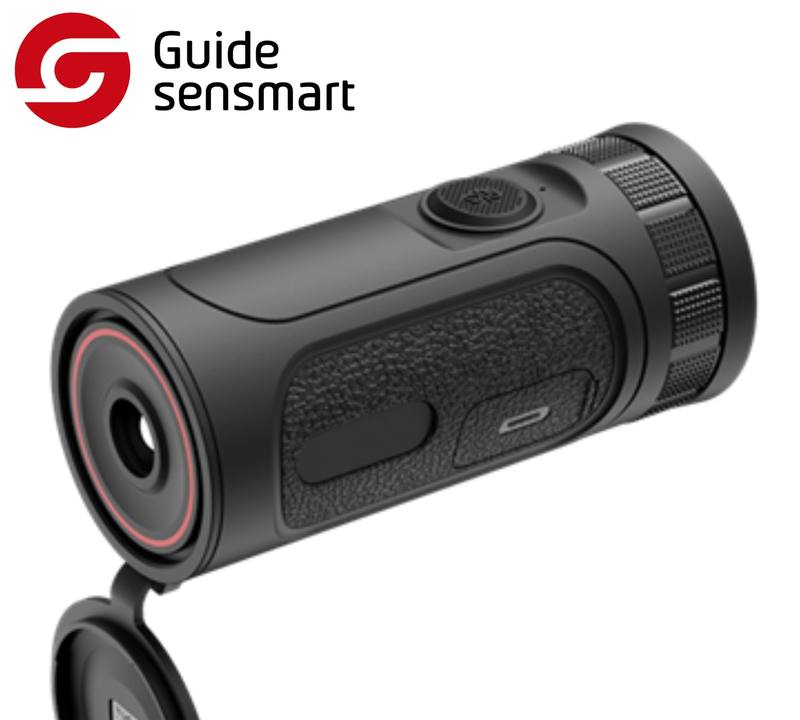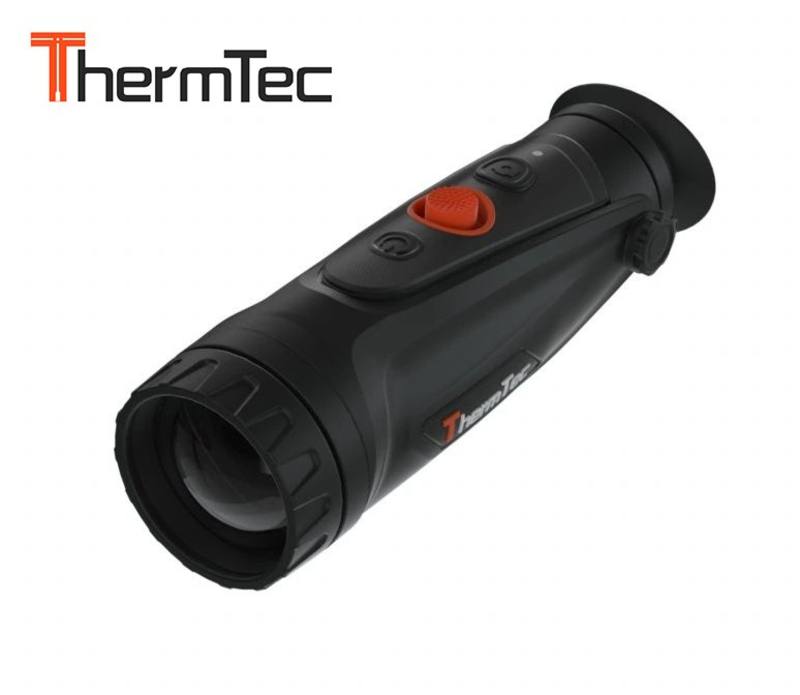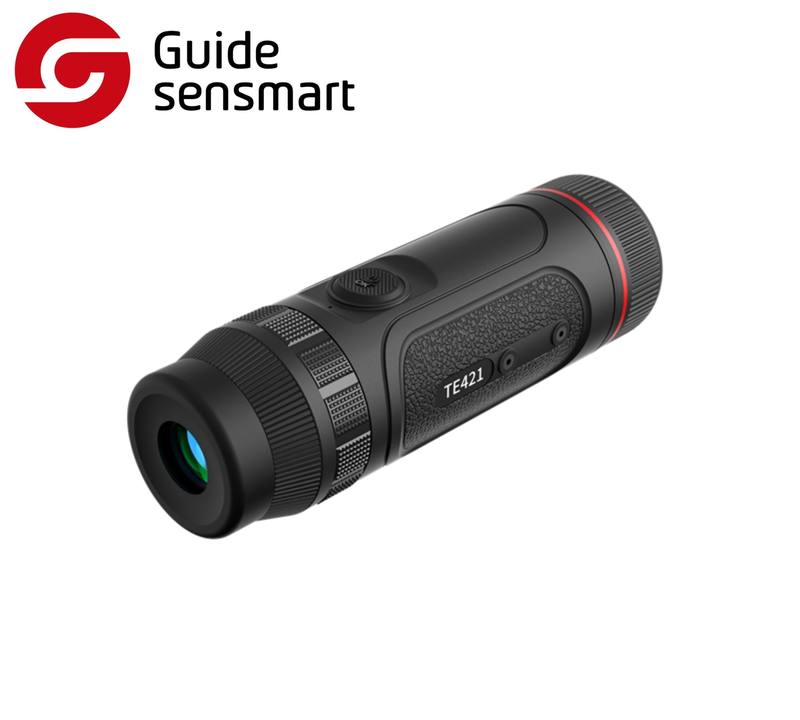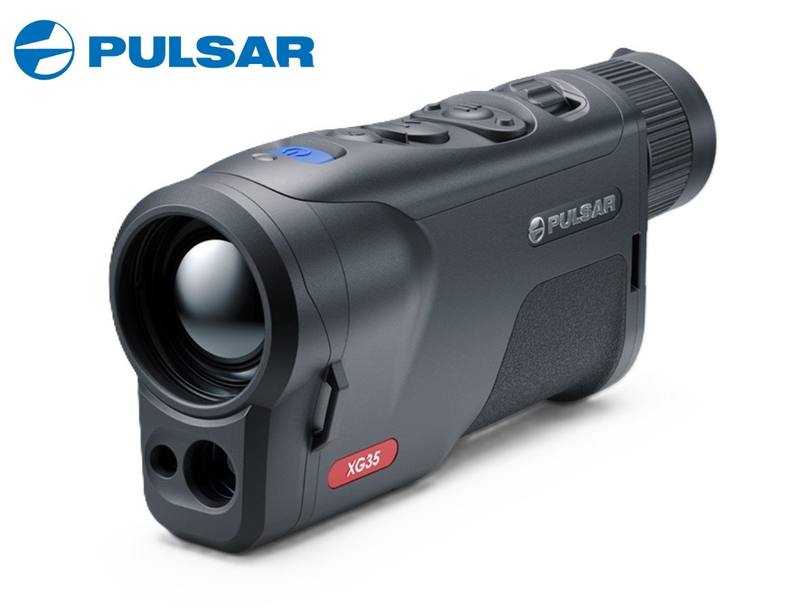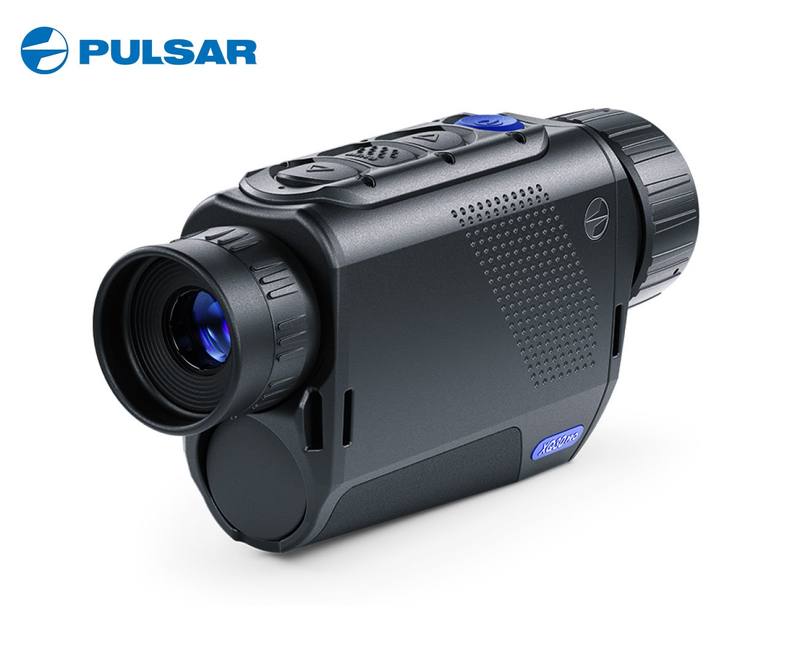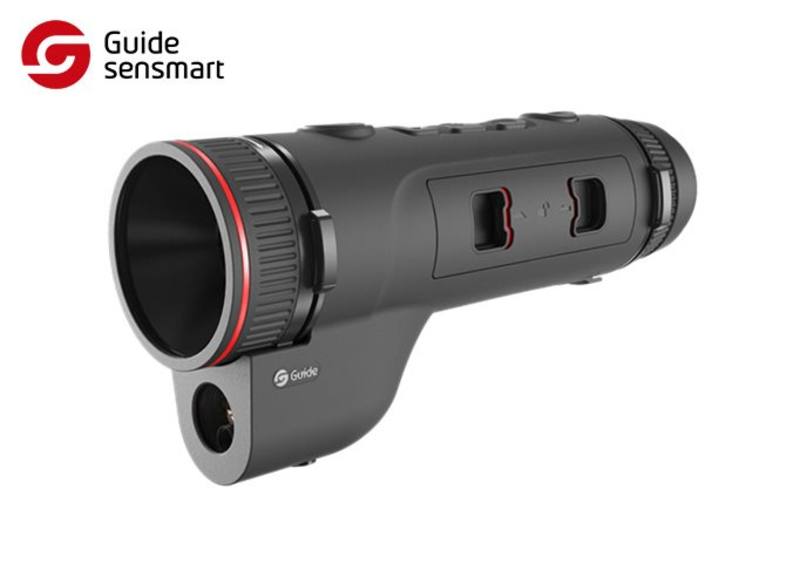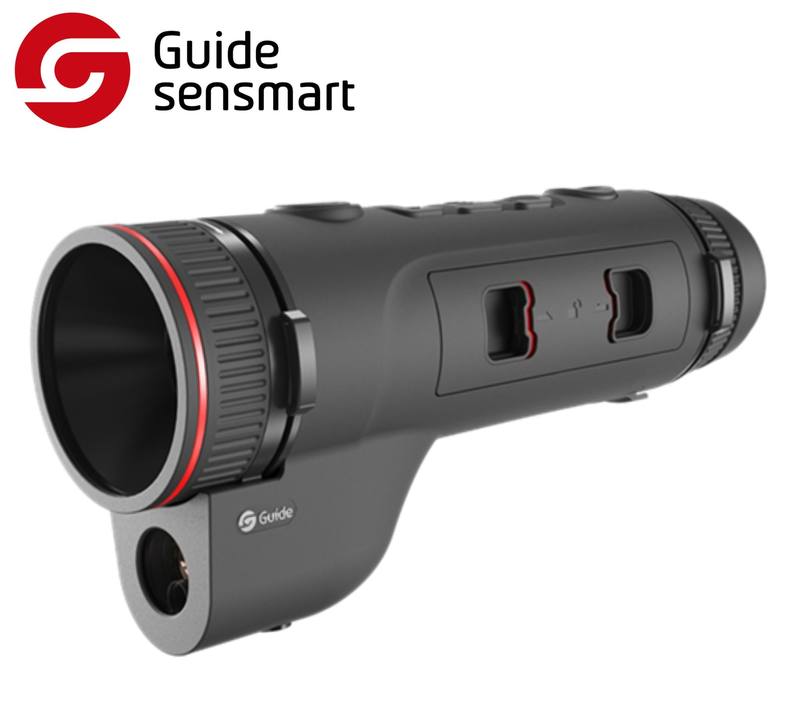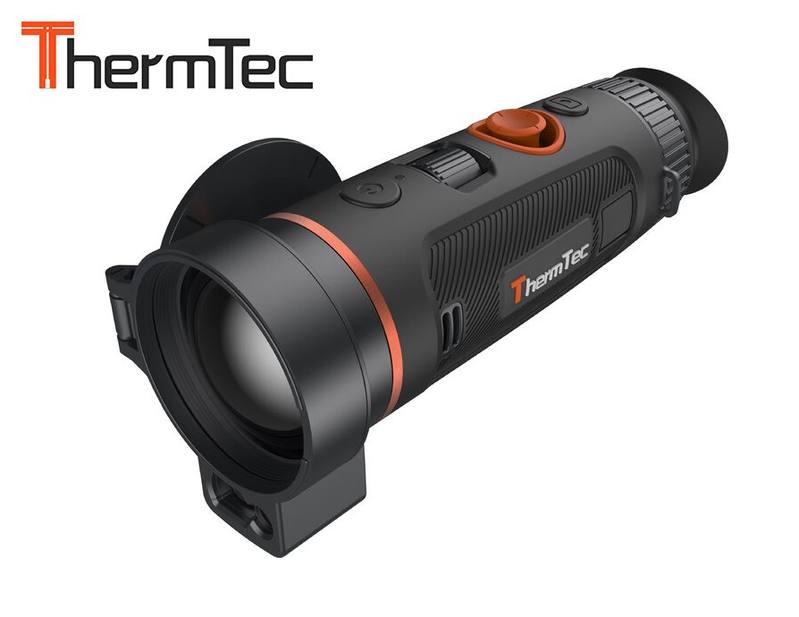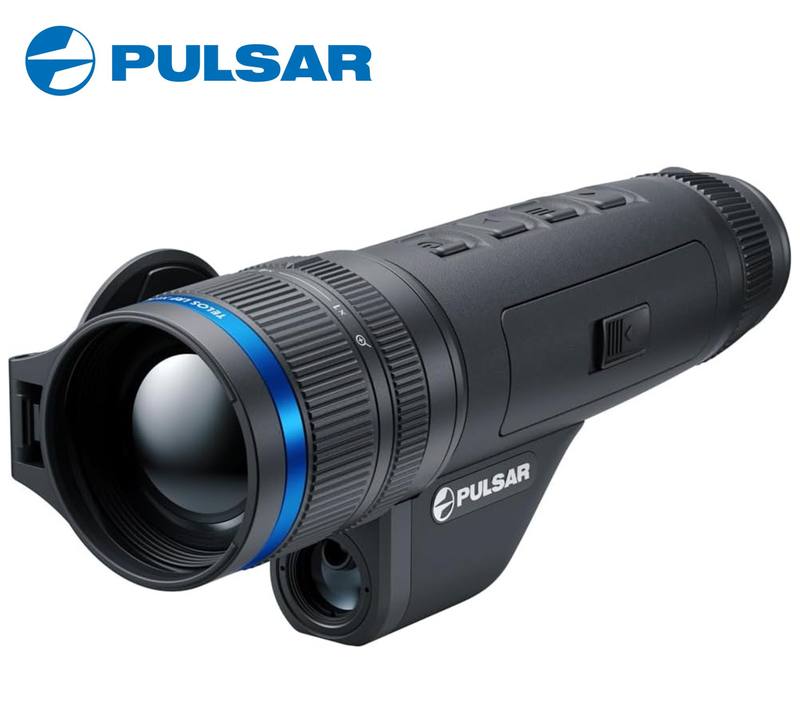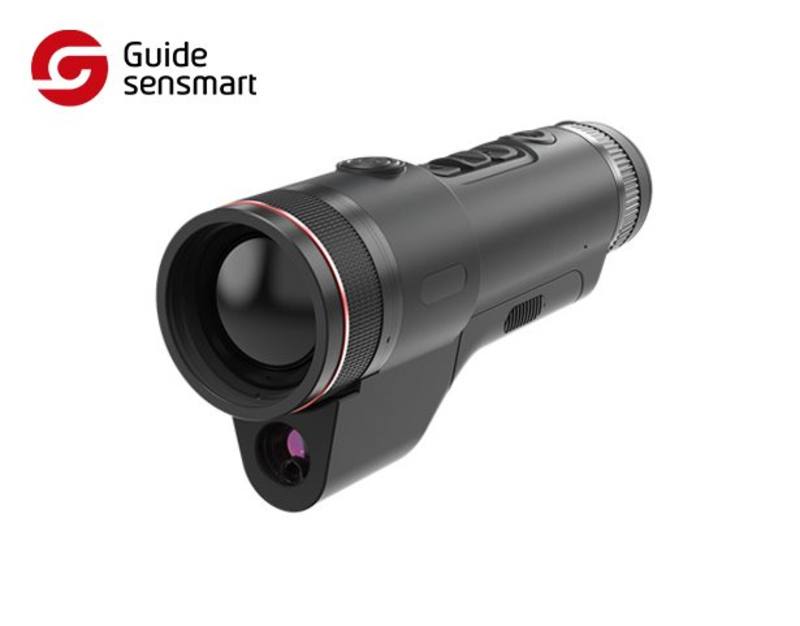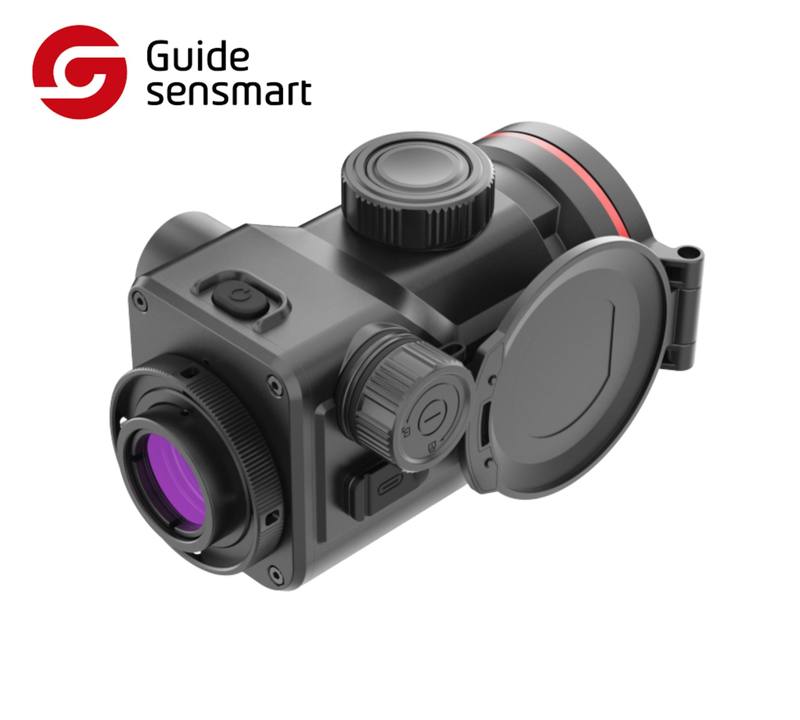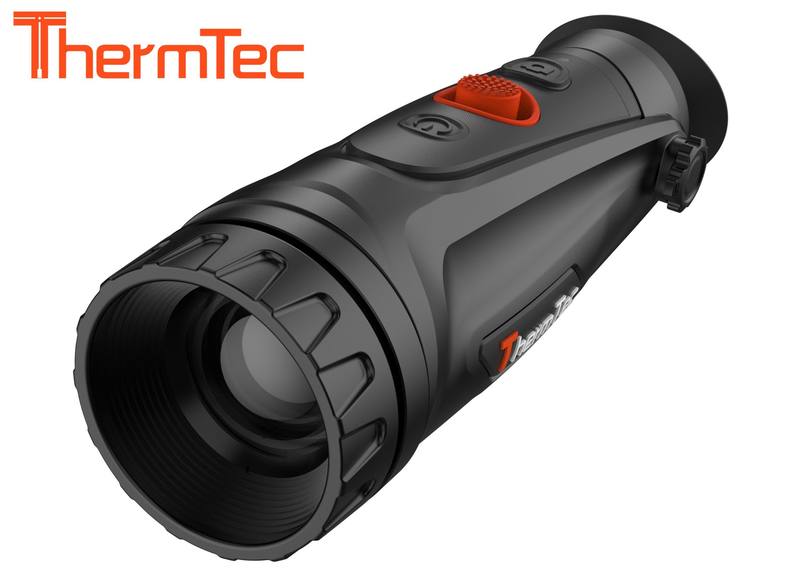Thermal Monocular Handheld Buying Guide
Explore our exclusive thermal monocular handheld buying guide to find the best optic for your needs. If you're torn between a rifle scope, binoculars and monoculars and unsure which is ideal for your requirements, our comprehensive monocular buying guide will provide the clarity you need to make an informed decision.
Delve into the detailed breakdown below, which highlights the distinctions between monoculars and alternative scopes like binoculars and riflescopes. We'll assist you in selecting the ideal optic tailored to your specific needs, and provide insights into monocular magnification and lens specifications to ensure your choice aligns perfectly with your preferences.
Thermal handheld monoculars are essential devices for hunting and outdoor enthusiasts seeking enhanced visibility and detection capabilities. Dive into the world of advanced thermal imaging technology with our comprehensive guide to selecting the best thermal handheld monocular for your needs. Explore Gun City's range of thermal monoculars designed to provide exceptional clarity and performance, whether you're a seasoned hunter, a wildlife observer, or an avid explorer. Some brand favourites for the best thermal monocular for hunting are Pulsar, Thermtec, Guide and InfiRay. Enjoy your outdoor experience and gain a new perspective on the world with our selection of thermal handheld monoculars.
How Thermal Monocular Handhelds work
Thermal handheld monoculars operate on the principle of detecting heat emitted by objects in the environment rather than relying on visible light. These devices utilize advanced thermal imaging technology, typically incorporating a special sensor called a microbolometer. When exposed to infrared radiation emitted by objects due to their temperature, the microbolometer generates an electrical signal proportional to the intensity of the infrared radiation. This signal is then processed and translated into a digital image, which is displayed on the monocular's screen.
The resulting thermal image allows users to see the heat signatures of objects, animals, or people in their surroundings, regardless of lighting conditions. Warmer objects appear brighter in the image, while cooler objects appear darker. Thermal handheld monoculars offer valuable advantages in various applications, including hunting, search and rescue operations, surveillance, and wildlife observation. Their ability to detect heat signatures enables users to spot targets or obstacles even in complete darkness, fog, smoke, or dense vegetation, providing enhanced situational awareness and safety in challenging environments.
Types of Thermal Handheld Monoculars
Thermal handheld monoculars each offer unique features and capabilities to suit different needs and applications:
Compact Thermal Monoculars: These monoculars are lightweight and portable, making them ideal for users who prioritize mobility and convenience. Compact models are suitable for activities such as hiking, camping, and wildlife observation, where portability is essential.
Long-Range Thermal Monoculars: Designed with high magnification capabilities and advanced thermal sensors, long-range thermal monoculars enable users to detect targets at extended distances. They are favored by hunters, law enforcement personnel, and military operators for surveillance, reconnaissance, and long-distance observation tasks.
Multi-Purpose Thermal Monoculars: These versatile monoculars are designed to accommodate a wide range of applications, from hunting and surveillance to search and rescue operations. They typically feature customizable settings, multiple imaging modes, and durable construction, making them suitable for various outdoor activities and professional use.
Clip-On Thermal Monoculars: Clip-on thermal monoculars are designed to attach to existing optical devices such as riflescopes or binoculars, converting them into thermal imaging systems. This versatility allows users to enhance their existing optics with thermal capabilities for improved target detection and tracking, especially in low-light conditions.
Handheld Thermal Imaging Cameras: While not strictly monoculars, handheld thermal imaging cameras offer similar functionality and are commonly used for inspection, maintenance, and industrial applications. These cameras provide detailed thermal images of objects and equipment, allowing users to identify issues such as overheating components or energy inefficiencies.
Why choose a Thermal Monocular handheld?
A thermal monocular is a compelling choice due to its ability to provide clear visibility in various lighting conditions, detect heat signatures, and enhance situational awareness.
1. Clear visibility in various lighting conditions: Thermal handheld monoculars can operate effectively in complete darkness, fog, smoke, and dense vegetation, providing users with clear visibility in challenging environments.
2. Heat signature detection: These devices can detect heat signatures emitted by objects, animals, or people, allowing users to spot targets or obstacles even when they are camouflaged or hidden.
3. Enhanced situational awareness: Thermal handheld monoculars offer users enhanced situational awareness by providing real-time thermal imaging, enabling them to make informed decisions and navigate safely in dynamic environments.
Exploring the distinctions between thermal monoculars, thermal binoculars, and thermal rifle scopes
Thermal monoculars vs thermal binoculars
The primary difference lies in the viewing experience and depth perception. Thermal binoculars allow for a more immersive 3D viewing experience as both eyes are engaged, offering enhanced depth perception compared to thermal handhelds, which provide a more two-dimensional view as only one eye is utilized at a time.
Thermal monoculars vs thermal rifle scopes
Thermal monocular handhelds offer portability and versatility for various activities like wildlife observation and surveillance, providing real-time thermal imaging on the move. Conversely, thermal rifle scopes are firearm-integrated tools designed for hunting and tactical operations, enhancing shooting accuracy in low-light conditions.
Selecting the best thermal monocular handheld for your needs
Choosing the perfect thermal handheld for your hunting needs can be overwhelming with all the options available. To simplify the process, let's break down the key factors you should consider when deciding on a monocular thermal handheld, whether you're stalking game in the New Zealand bush or navigating rugged terrain under the cover of darkness.
Focus on the Features and Benefits that actually mean something to you
Thermal Monocular Battery
Battery: The longevity of your monocular thermal handheld's battery is crucial. It’s extremely important for the usability and overall lifespan of the device.
Challenge 1 – Recharging: With an internal battery, recharging is a breeze, ensuring your device is always ready for action. While shorter hunts pose no issue, longer expeditions may require a brief downtime for recharging, but this allows for ample rest and preparation for your next adventure while your USB charging from a power bank should your unit permit.
Advantage 2 – Battery Longevity: Over time, all batteries naturally degrade with use, but with proper care and maintenance, your monocular thermal handheld will remain a reliable companion for years to come. The internal battery ensures seamless operation without the hassle of constantly replacing batteries, providing convenience and peace of mind during your hunting trips.
Benefit 3 – Battery Performance in Cold Weather: While batteries may be affected by colder temperatures, modern thermal handheld monoculars are designed to withstand varying environmental conditions. Though quoted run times may be based on optimal temperatures, rest assured that your device will continue to perform admirably, delivering reliable thermal imaging even in chilly nighttime conditions.
Thermal Monocular Size & Comfort
Size: When hunting, convenience matters. Opt for a monocular thermal handheld that's small and compact, allowing you to slip it into your pocket or hunting pack without adding unnecessary bulk.
Comfort: Thermal handheld monoculars typically feature a single, non-removable fixed eyepiece, whereas thermal binoculars may offer various adjustable eyepieces for increased comfort during use.
Thermal Monocular LRF
Laser Rangefinding: Having a Thermal Monocular with a built-in laser rangefinder (LRF) can be a game-changer, especially during night time hunts. Not only does it help you gauge distance accurately, but it also simplifies communication with your hunting buddies, eliminating confusion when identifying targets.
Thermal Monocular Sensitivity
Sensitivity: The sensitivity of the thermal sensor, often referred to as NETD, determines how well your device can detect temperature variances. Look for a thermal handheld with a low NETD value for better image quality and enhanced contrast, even in challenging conditions.
Thermal Monocular Core Size
Core Size: The number of pixels in your thermal monoculars sensor directly impacts its performance. Choose a device with a larger core size, such as 384x288 or 640x480, to ensure sharper images and improved target recognition capabilities.
Thermal Monocular Pixel Spacing
Pixel Spacing: Smaller pixel spacing results in higher resolution thermal images, providing finer details for better target identification. Aim for a thermal monocular with a pixel spacing of 0.12um for optimal image clarity and precision.
Thermal Monocular Lens F Number
Lens F Number: Selecting a monocular thermal handheld with a lower F number lens, preferably F1.0, ensures maximum light transmission and superior performance, particularly in low-light conditions.
Thermal Monocular Warranties
Warranty and Service: Enjoy the confidence of knowing your investment is safeguarded with reliable warranty coverage. Seek out thermal monoculars that offer a minimum two-year warranty, and don't hesitate to inquire about repair services and efficient turnaround times for any potential issues that may arise.
Thermal Monocular Optical Magnification
Optical Magnification: Don't forget to consider the optical magnification level you need for your hunting adventures. Unlike digital zoom, which compromises image quality, optical magnification maintains clarity and detail, providing a more immersive viewing experience.
By considering these key factors and asking the right questions when speaking with one of our knowledgeable staff in any of our nationwide stores, you can confidently choose the best thermal monocular for sale in New Zealand for your hunting expeditions. Whether you're scanning the landscape for elusive game or tracking targets in the dead of night, a reliable thermal monocular for hunting is your indispensable companion.
Want answers to frequently asked Thermal Monocular questions? Read more here >
Need more help?
We invite you to visit one of our nationwide stores and our friendly staff will assist you, call us or use our online chat to discuss your specific thermal monocular handheld requirements today.
Explore our full selection of Thermal Monoculars online now.
Some of our Best Monoculars
RRP
RRP
RRP
RRP

